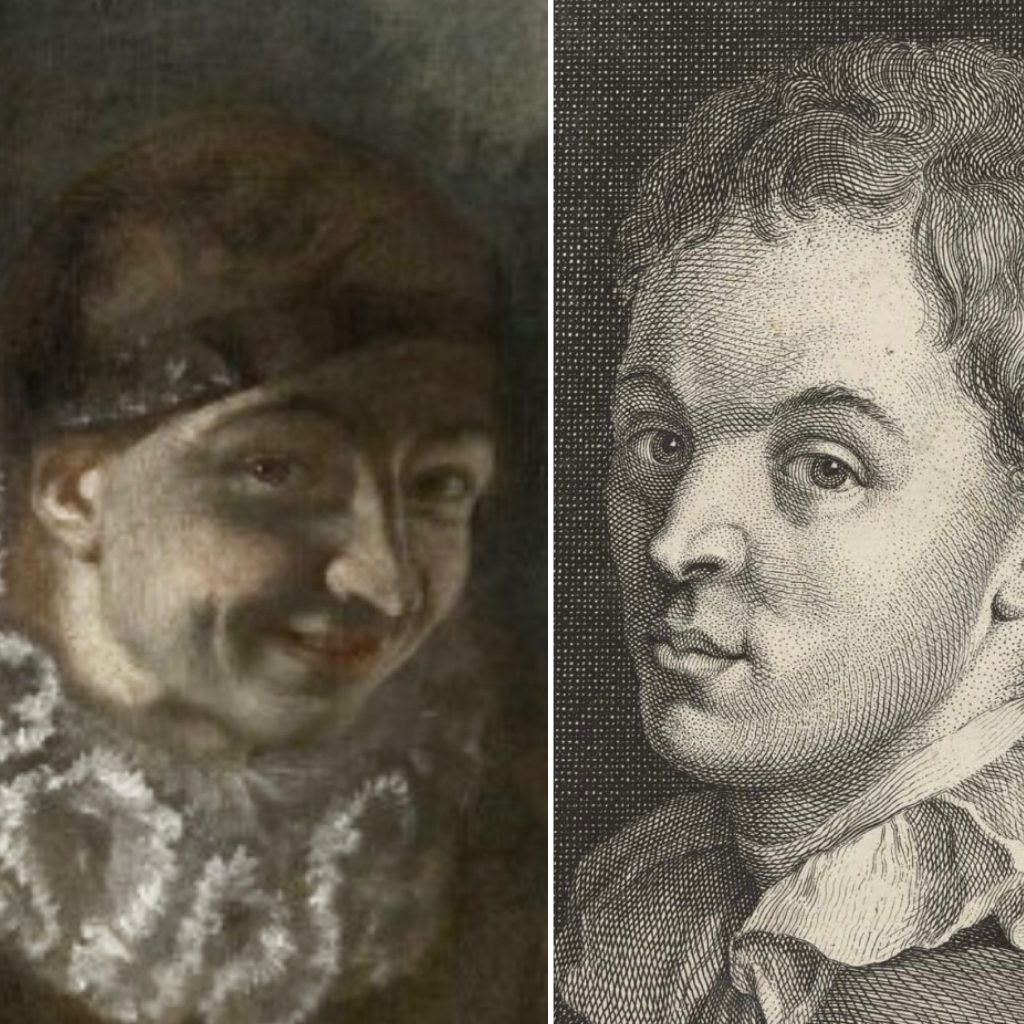
22 Oct Watteau Masterpiece Restoration Reveals Hidden Self-Portrait
Source Credit: Content and images from Artnet News. Read the original article - https://news.artnet.com/art-world/watteau-self-portrait-2557228
“The Louvre’s enigmatic painting par excellence.” That’s how Bernard Dufour, a French abstract painter from the 20th century, once described Pierrot, a 1718-1719 painting by Jean-Antoine Watteau.
He’s not wrong. The painting is mysterious for a number of reasons. For one, it is merely attributed to Watteau, and not all art historians are convinced he is indeed its creator. We also don’t know who commissioned the painting, or what their intention might have been. Depicting stock characters from French-Italian plays known as commedia dell’arte, Pierrot—also known as Gilles—might have hung on a wall, or it might have been used to promote a particular performance.
Then there’s the relationship between the characters themselves. The central figure, a clown character alternatively referred to as Pierrot or Gilles—hence the two titles—is thought to have been based on sketches Watteau made of a young man known as “Vel.” The other figures in the painting also appear in the commedia dell’arte genre, including two lovers, and a captain.
Then there’s the figure on the left, hiding in the clown’s shadow. Referred to by some sources as a doctor, and by others as a grifter called Crispin— both familiar to 18th century European audiences, as he appeared as a Shakespearean character—he rides a donkey and looks directly at the viewer, smiling deviously.

Left, detail from Watteau’s Pierrot , known as Gilles; right: Louis Crepy after Antoine Watteau, Self Portrait of Antoine Watteau © National Library of France.
Though a secondary element of the composition, this shadowy character has temporarily taken center stage as restoration work on the painting— which involved removing its aged, dulling coat of yellow varnish—led to a surprising realization: that his face looks an awful lot like Watteau’s. If this is the case, how does it reinforce (or change) the image’s meaning?
Watteau was born in 1684 in Valenciennes, a French commune close to the modern-day border between France and Belgium. Growing up in the shadow of the Italian Renaissance, he was trained in the Baroque tradition, which is characterized by grandeur, drama, and emotional exuberance, but gradually moved towards the emerging Rococo style, which was like Baroque, but less dramatic, more decorative and colorful. And yet, the style is far from one-note.

Detail of Jean-Antoine Watteau’s The Embarkation for Cythera (1717). Photo: Collection of the Louvre, Paris.
As art critic Jonathan Jones points out in a 2003 review of the painting written for The Guardian, Pierrot —or Gilles—has all the trappings of a typical Rococo painting: the flowing costumes, idyllic setting, and bright lighting that give off the impression of a nice summer picnic. But there’s also tension at this picnic: while all the other stock characters fulfil their predisposed roles, the eponymous clown “looks back at us: knowing, disillusioned, without a mask.”
Doctor or grifter, Watteau’s self-portrait remains in character, reinforcing the dissonance between ensemble and protagonist. Directing his devious smile at the viewer, he essentially repeats Jones’ point: that what we see on the stage is anything but authentic.
Pierrot is the center of an ongoing exhibit at the Louvre titled “A New Look at Watteau.” Running from October 16, 2024 until February 3, 2025, it’s part of a larger exhibition program titled “Figures of the Fool,” which looks at artists’ representation of one particular stock character: the jester. Spoiler alert: as in Pierrot, he’s not as happy as he seems.
Source Credit: Content and images from Artnet News. Read the original article - https://news.artnet.com/art-world/watteau-self-portrait-2557228

